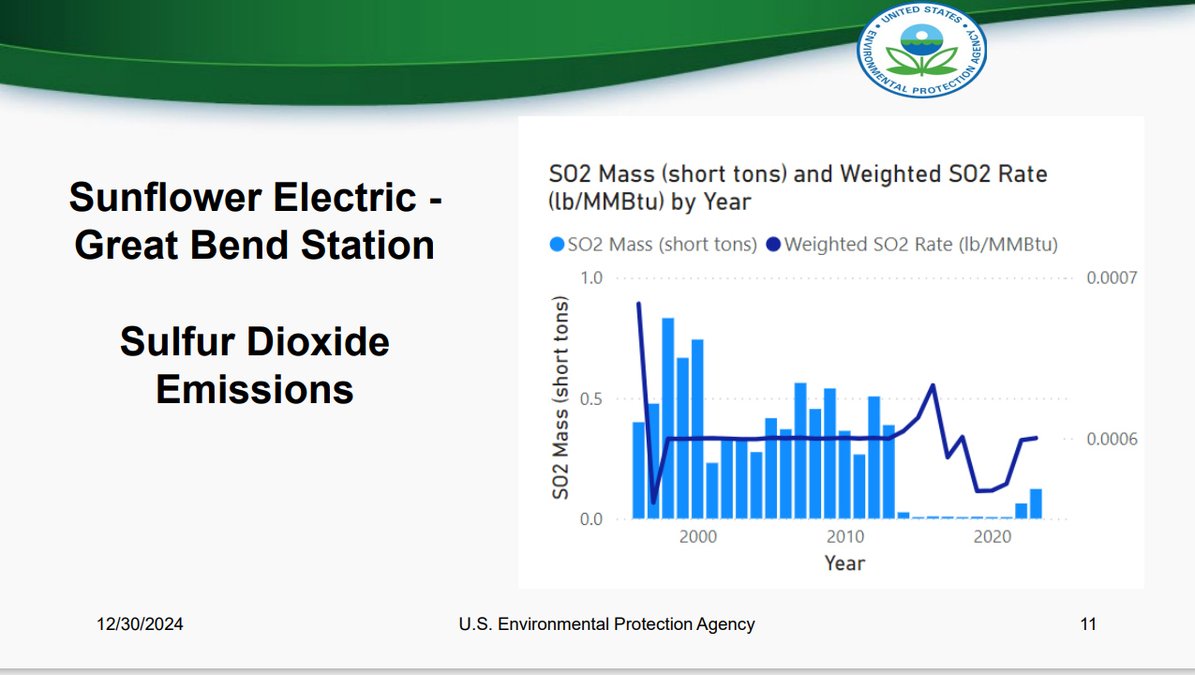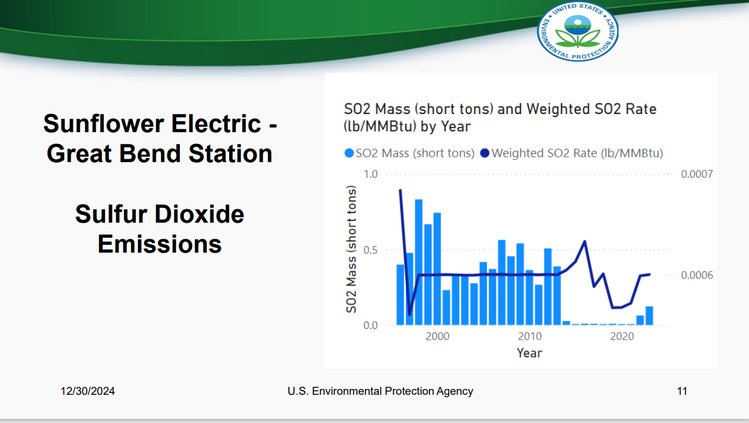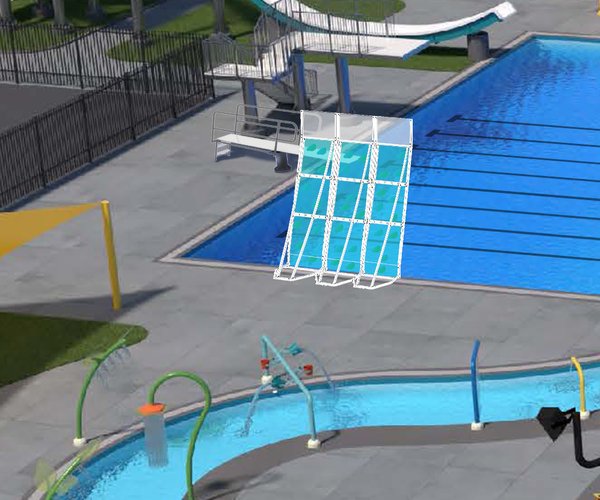A public hearing shed more light on Sunflower Electric Power Corporation’s request to renew its acid rain permit for a station in rural Great Bend and allowed citizens to comment on concerns. The hearing was Monday, Dec. 30, at the Great Bend Chamber of Commerce Office. It was attended by about nine people, mostly from the Kansas Department of Health and Environment and the regional Environmental Protection Agency office.
Acid Rain permit opened to comments





